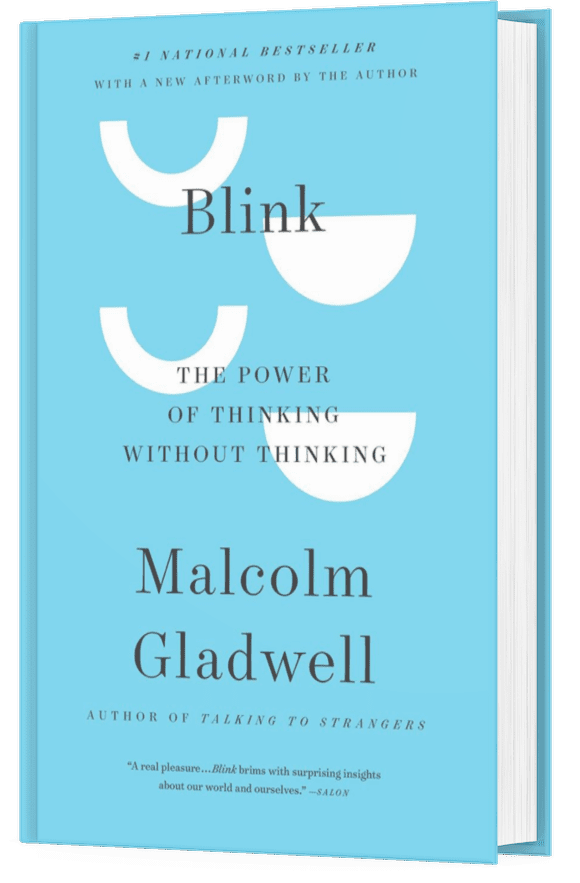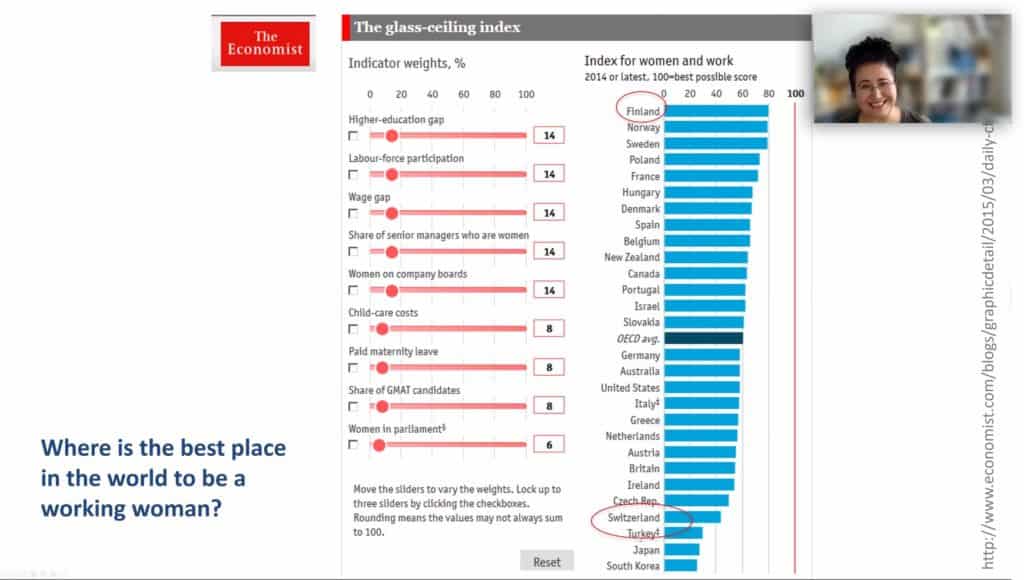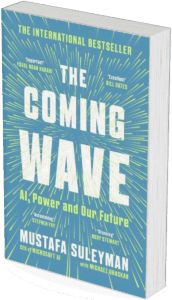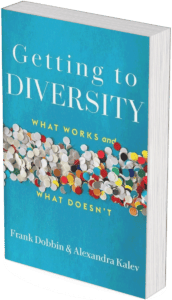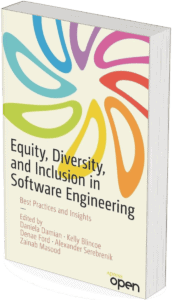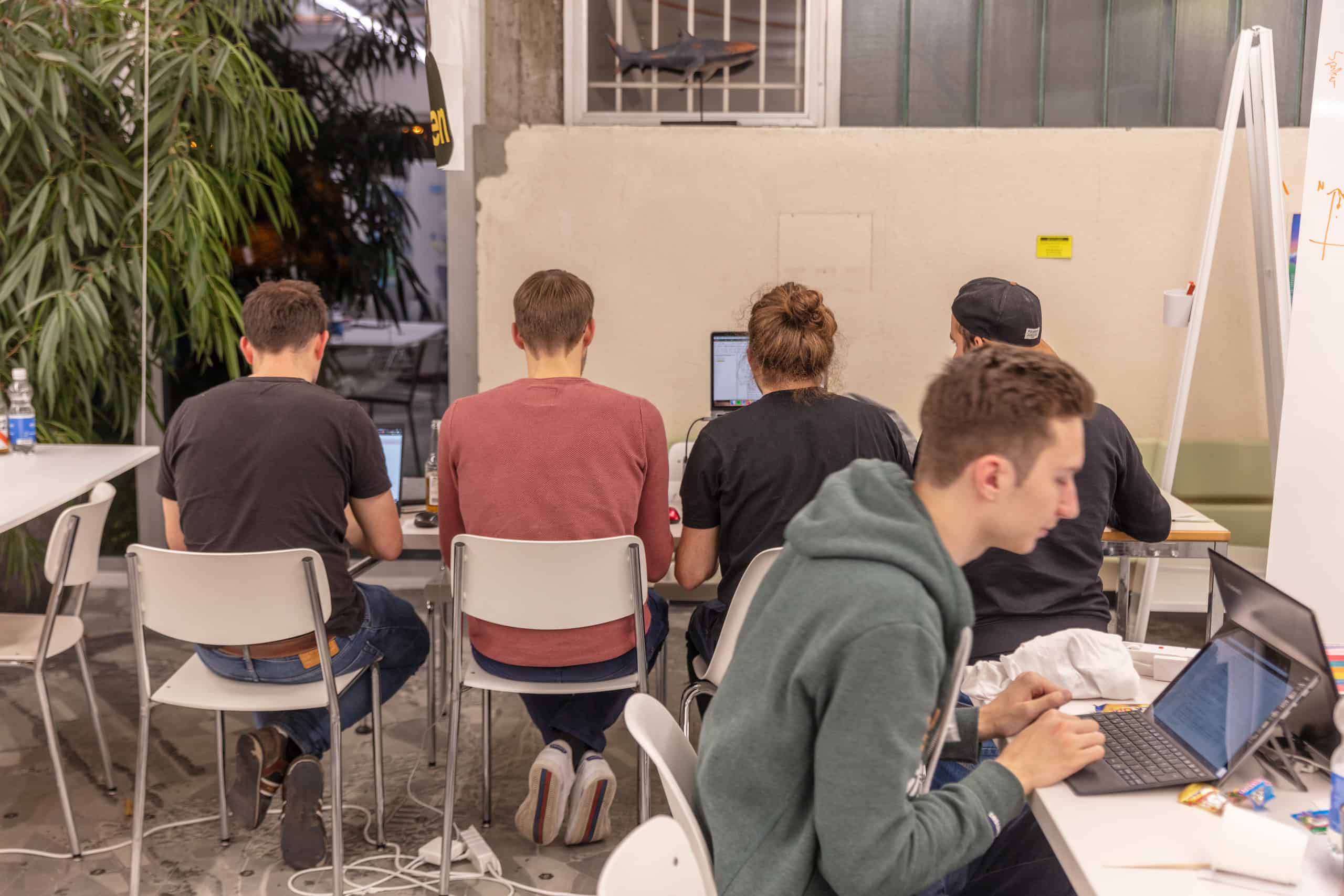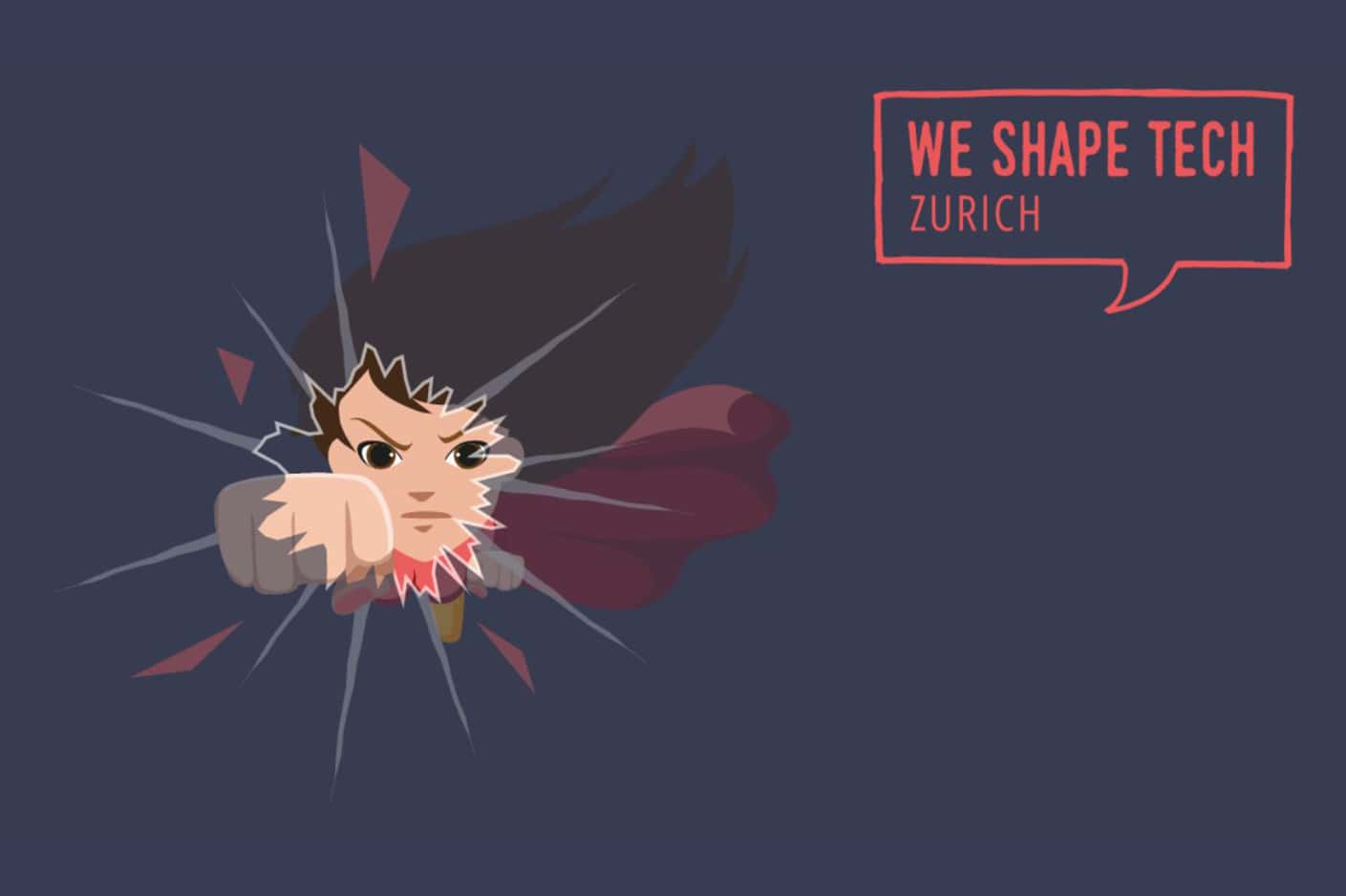Examining the mechanisms of visual illusions in computer graphics, Arzu Cöltekin gave us insights into cognitive priors, and the infamous unconscious bias.
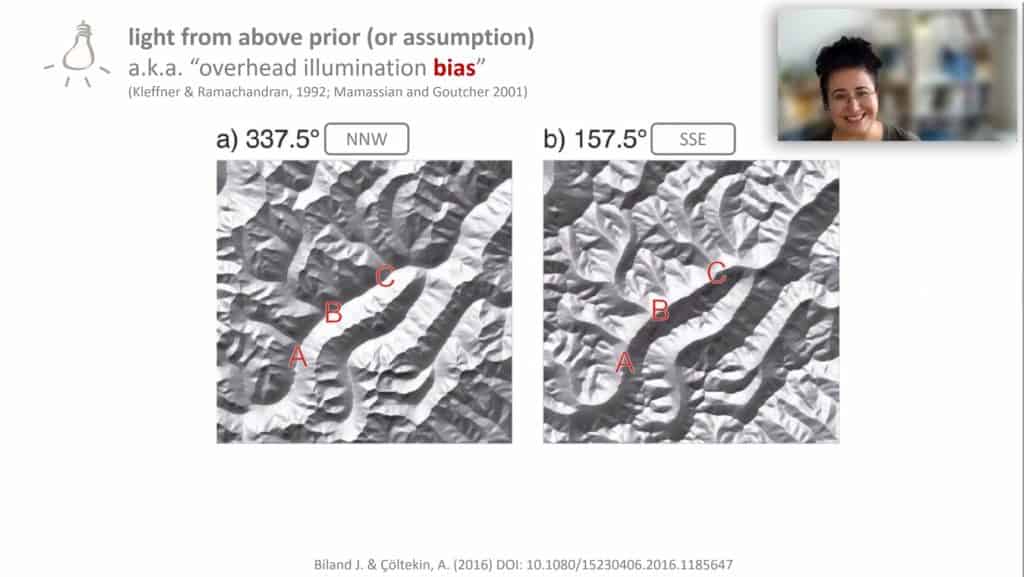
Arzu Çöltekin studies – among other things – visual illusions in her research, especially in connection to depth perception. In this talk, giving examples from visual illusions that she studies in her own work, Arzu illustrated what implicit / unconscious / cognitive bias really means, and drew links between illusions and implicit bias in work contexts.
The visual illusion examples disarm everyone who might not ‘buy’ the unconscious bias stories as a possibly harmful source of behaviour. At the same time, they encourage taking responsibility without the blame, inviting us all to think what we can do to live a better life. Let’s have a look at the take aways!
Meet the person behind the Lunch & Learn – a true Role Model!
Take Aways
Implicit bias is a well documented cognitive phenomenon. Just like optical illusions, it’s not your fault. It is however your responsibility to identify and counter your biases..
Privilege and discrimination come in many forms, it’s not all about gender or biological sex, but a bunch of things like race, ethnicity, name, accent … and these things “intersect”.
“Role models”, i.e., seeing / witnessing examples of the under-represented people in positions that are “unusual” for them, seem to work. We need to continue this path.
Losing a privilege might feel like losing a right. It is important to understand what is perhaps easier for you than for another person, and whether this is earned.
Read our Article Know the Bias to #BreakTheBias
Recording
Book Recommendations

Thinking, Fast and Slow
by Daniel Kahneman
Is there more chance we’ll believe something if it’s in a bold type face and if so, why? Are judges more likely to deny parole before or after lunch? Why do we assume a good-looking persons to be more competent? All this is driven by two ways we make choices: fast, intuitive thinking, and slow, rational thinking.
Blink is a book about how we think without thinking, about choices that seem to be made in an instant – in the blink of an eye – that actually aren’t as simple as they seem.
Great decision makers aren’t those who process the most information or spend the most time deliberating, but those who have perfected filtering the very few factors that matter from an overwhelming number of variables.
